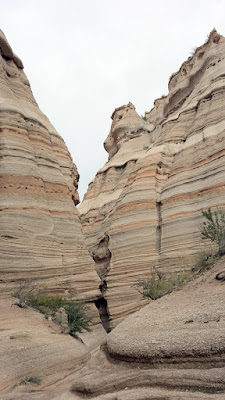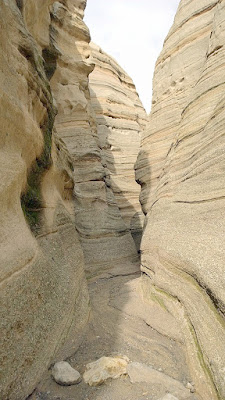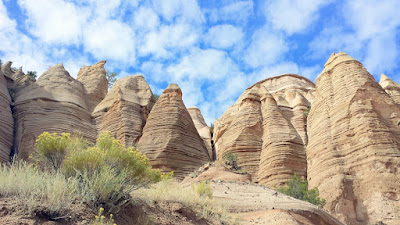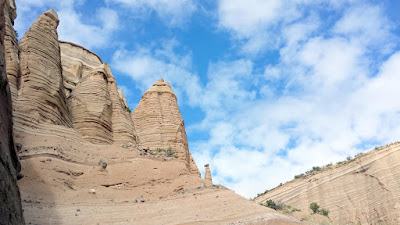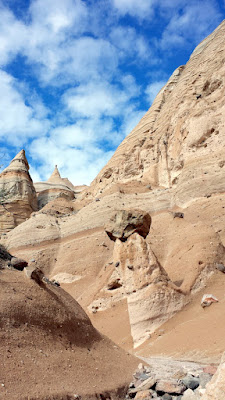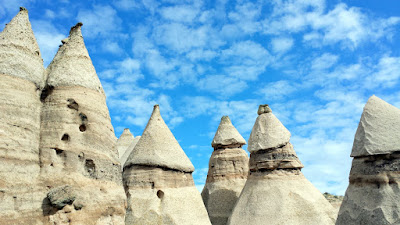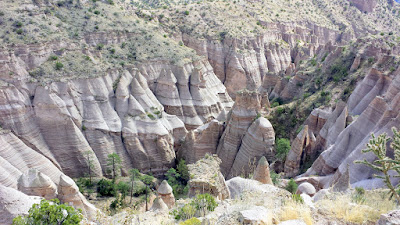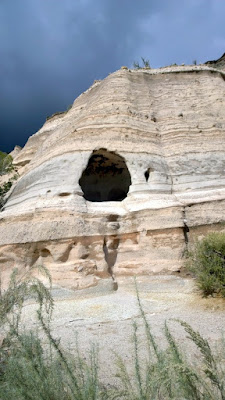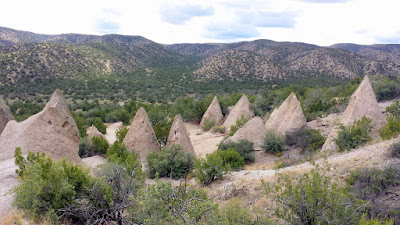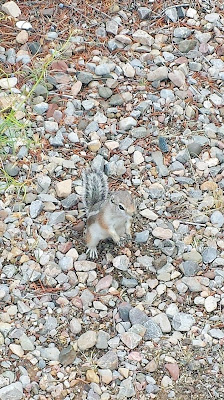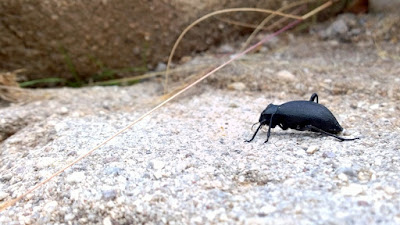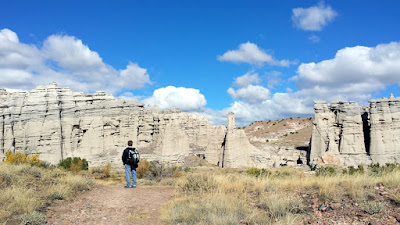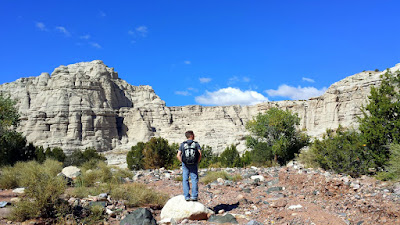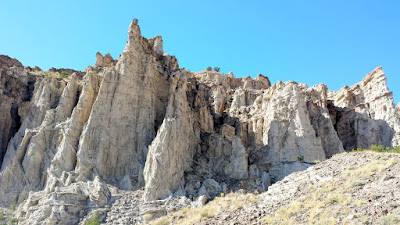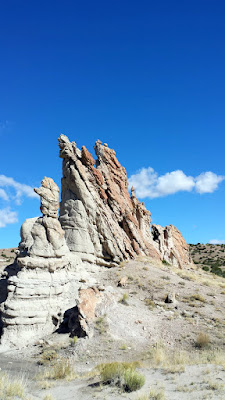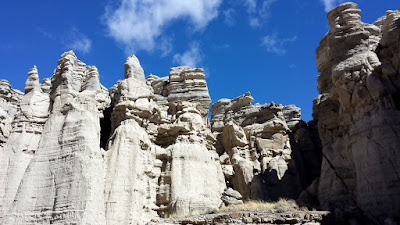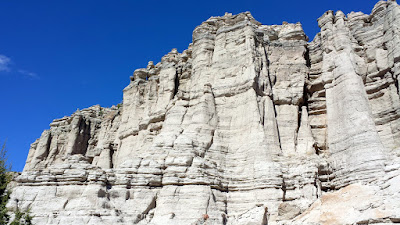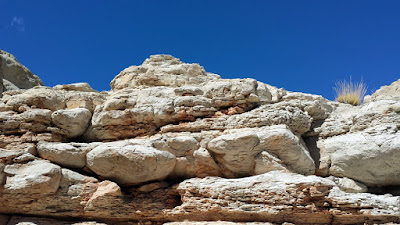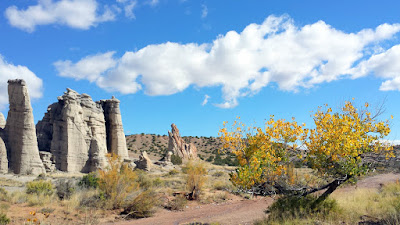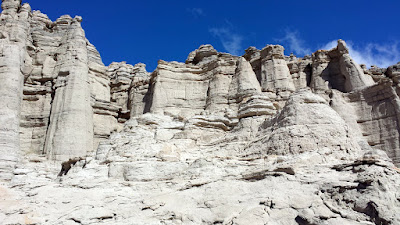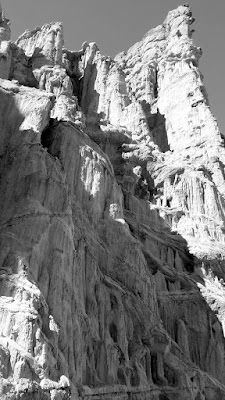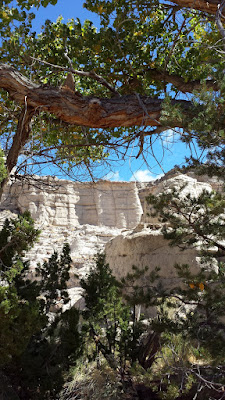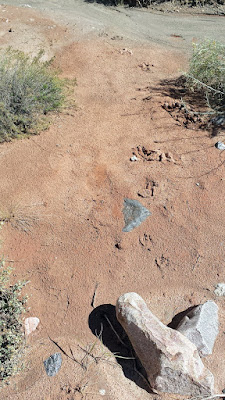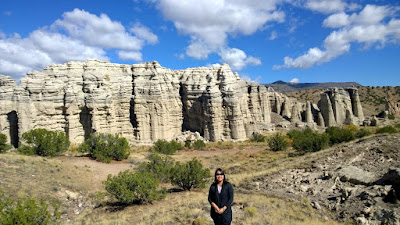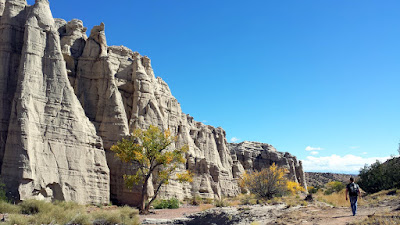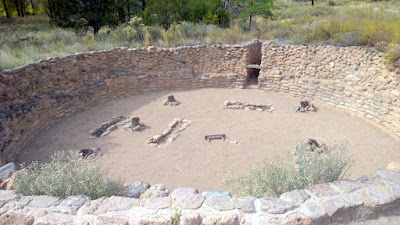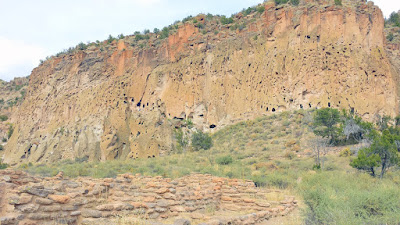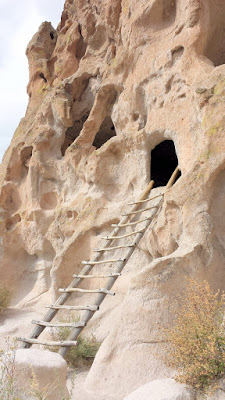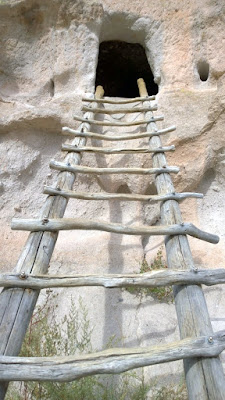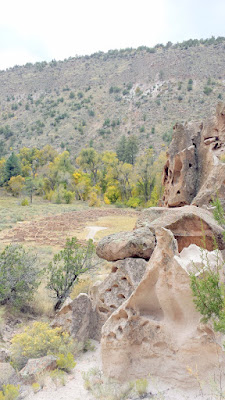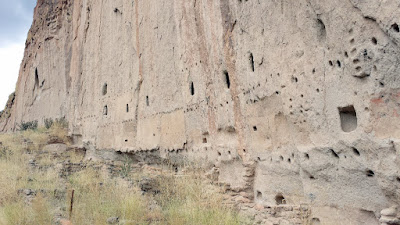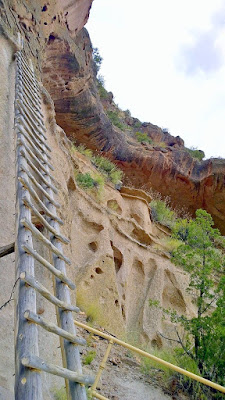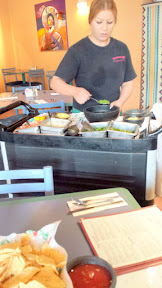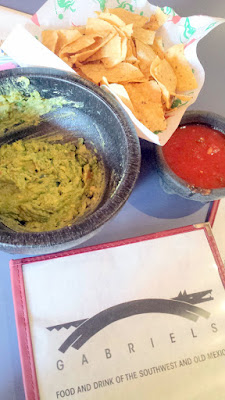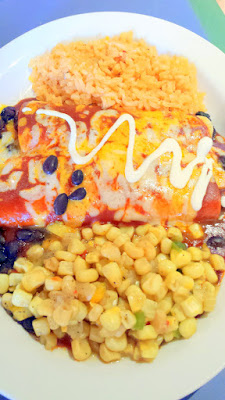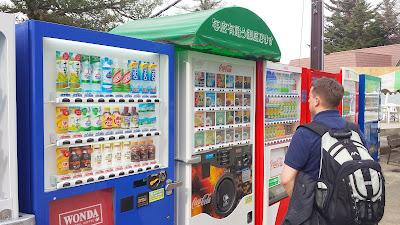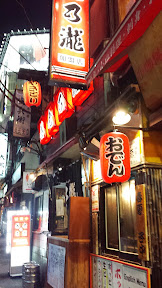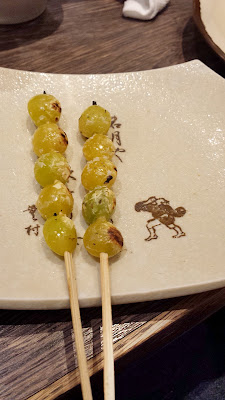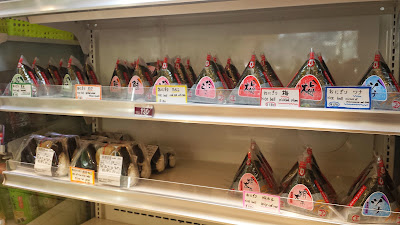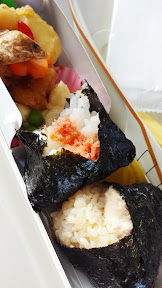Besides the easy hikes outdoors like Bandolier, Plaza Blanca and Kasha-Katuwe, another fun activity we enjoyed while in Santa Fe was enjoying the Southwest Arts. There a couple main art focused destinations I would highly recommend for enjoying the Santa Fe Art Scene, plus I also threw in a peek at Taos where we took a side trip as well.
Keshi in Santa Fe
In downtown Santa Fe, Keshi The Zuni Connection is a little co-op store that offers arts and crafts directly from the artists. The store has direct, personal relationships with all the individual carvers, jewelers, and potters and continues to buy directly from the Zuni people. The relationships mean that not only can Keshi dedicate particular parts of shelves to that artist, but they can speak knowledgeably about their past work, what they are working on now, and what are the little quirks or special touches that differentiates their pieces. The list of artists they work with is impressive so you will have a huge variety of styles. Those relationships are what inspire “The Zuni Connection” part of the store name.


They also know the Zuni stories and symbolism that inspires or gives special meaning to any of the pieces. And, they offer lots of small pieces, in particular Keshi hosts one of the largest selections of Zuni fetishes in the world. Fetishes are small carvings using a variety of possible materials although all sorts of pretty stone is very popular. The carvings will usually depict an animal spirit, each which embody different personality traits and symbols.

I definitely love the direct artist connection, and the other thing I love about Keshi is that all their pieces are also affordable – ranging from pottery to fetishes to jewelry, small paintings, or other carvings like my particular interest were kachina dolls. To me, this makes Keshi even more approachable than any art gallery because it is accessible to regular people’s price points.

Entering the store may seem overwhelming at first because there are so many small pieces – but just take your time browsing as the staff are great at leaving you alone to see what calls to you, but also helping you like you’re a regular dear customer. Almost everything is on open shelves so you can really examine the craftsmanship.

Canyon Road in Santa Fe
In Santa Fe, there are several options for little streets of offering art. In downtown Santa Fe, besides the multiple museums there are also quite a few fine art galleries, though the price range is more suitable for collectors you can of course still visit and admire the pieces. Outside of the Palace of the Governers, you will also usually find Native Americans displaying their handmade jewelry, including lots of turquoise and silver. For more modern galleries with contemporary art, you might also visit the Santa Fe Railyard which is also where they host the Farmer’s Market on Saturdays year round, as well as local artist markets and a “Last Friday Art Walk” every month with 10 galleries..
My favorite art neighborhood though in Santa Fe was walking down Canyon Road. This one half mile offers more than a hundred Galleries, Artist Studios, Jewelers, Boutiques and Restaurants. The variety of price ranges and types of art varies widely which makes it an adventure every time you step into a new doorway. And there were plenty of galleries that had stunning sculptures outside as part of a sculpture garden so you could even enjoy just walking outside. We were also there during the fourth Friday of the month, when galleries open later until 7 PM and some offer refreshments and or entertainment. Here’s a look at some of the artistic works we admired on Canyon Road.






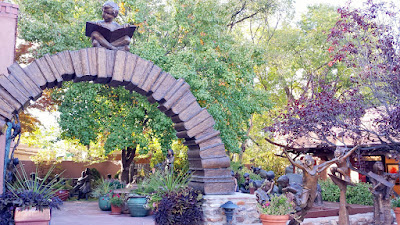






This Canyon Road Contemporary Art was my favorite gallery because of the way they curated whimsical pieces and mixed media. And, I appreciate galleries that have a presence online so even though it’s been months since I visited, I can still visit and see what they have and still dream of purchasing pieces and continue to track artists that I really like. Here you see art from Pat Hobaugh with the retro toys, Amanda Banker with the paintings with a new fairy tale twist (and each painting comes with a paragraph to start the story), Molly Heizer with those cute animal ceramics and totem pole, and the Giraffe by Adam Thomas Rees which is composed of individual printed stamp blocks which he then assembles into a larger sculpture.




Taos
The drive up north from Santa Fe to Taos is very scenic, taking about 1.5 hours from Santa Fe, or 2.5 hours from Albuerquerque. But if you’re not in a rush to get there, I recommend you take the High Road one way (Route 68) through the valleys and canyons, and on the way back take the faster River Road / Low Road instead (518). Both roads offer scenic panoramic views.
On the way to Taos, we whet our whistle at Blue Heron Brewing and Winery, a tiny little stop on Los Alamos Highway

Then we went to a full lunch with beer once we arrived in Taos at Eske’s Brew Pub for green-chile beer and a green-chile smothered burrito . As we admired the little muffin tray that they were using as their beer sampler tray, F as a vegetarian had an opportunity to try Green Chile in vegetarian form. Eske’s offers a Green Chili Burrito with a whole wheat tortilla filled with beans, onions, and cheddar smothered in Wanda’s Green Chile Stew. The vegetarian chile, with its huge chunks of carrots, zucchini and other goodies, is an unusual form of green chile.
<
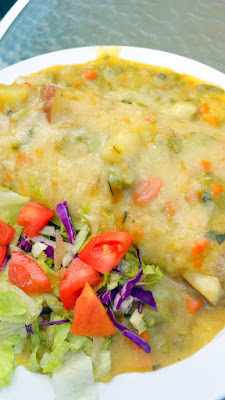
While in Taos browse this cute small town’s various art galleries, all which are in walking distance and which are offer a large variety of art, and the prices are pretty reasonable.

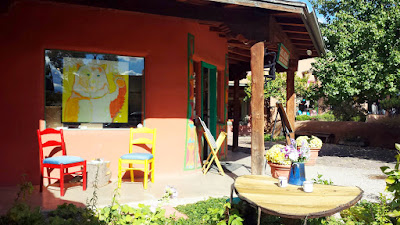
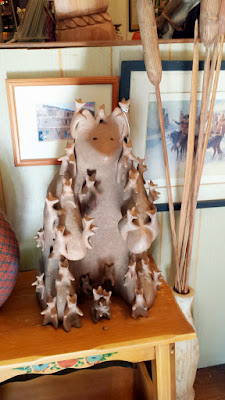
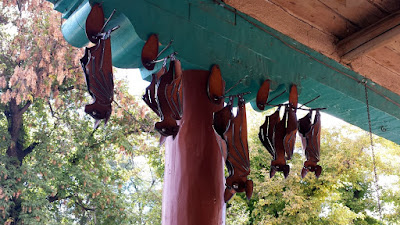
Asking about the art can also just be great education in learning the stories. For instance, I learned a lot about Corn Maidens. At Bryans Gallery I learned that there are eight Corn Maidens: the Maiden of the West has a tray of blue corn, the Maiden of the East has white corn, the Maiden of the North has yellow corn, the Maiden of the South has red corn, one Maiden carries black corn, and another carries multi colored corn. Zuni Corn Maidens are carved by hand from a number of materials that range from antler, turquoise, sugarlite, quartz, shell, fossilized ivory, coral, lapis lazuli, amber, and other stones. And, they even had detailed sheets explaining the meaning of various fetishes.


On the way back or whichever way you are goign on the River Road / Low Road, you might consider a stop at Chimayo Weavers to look at their handwoven blankets you can purchase or that are in display at the tapestry gallery.
I don’t always think to visit art galleries when I travel – I did so in Las Vegas and here in Santa Fe intentionally because I knew about the great art scene. What about you, do you try to visit art galleries when you travel? What did you think of any the pieces I shared with you today that I saw on my art stops and walks?
Here’s the summary of my series of posts on Santa Fe, New Mexico Travels
- Bandelier National Monument
- Visiting Plaza Blanca
- Kasha Katuwe Tent Rocks National Monument
- Santa Fe Art Scenes
- Santa Fe Eats















